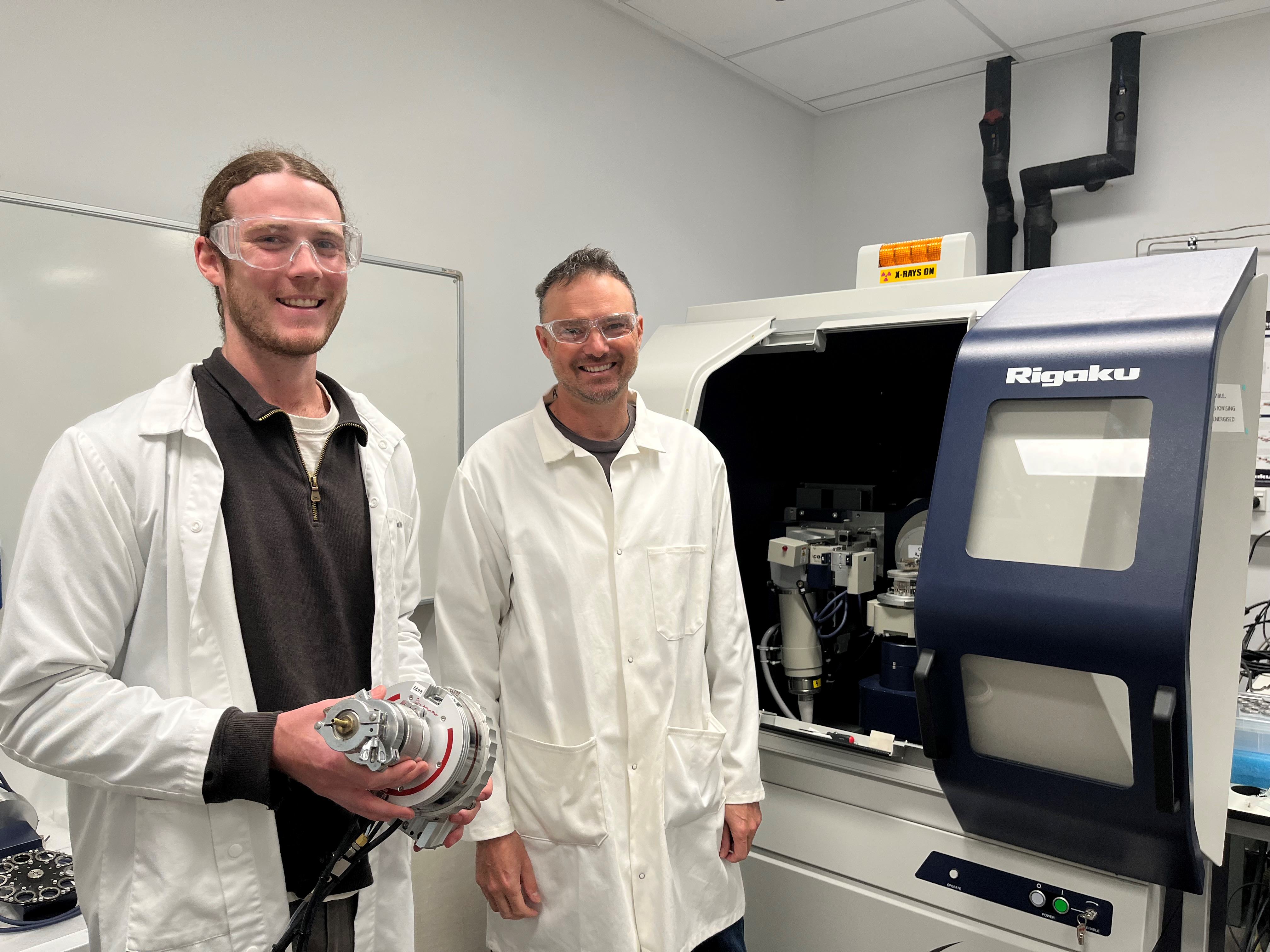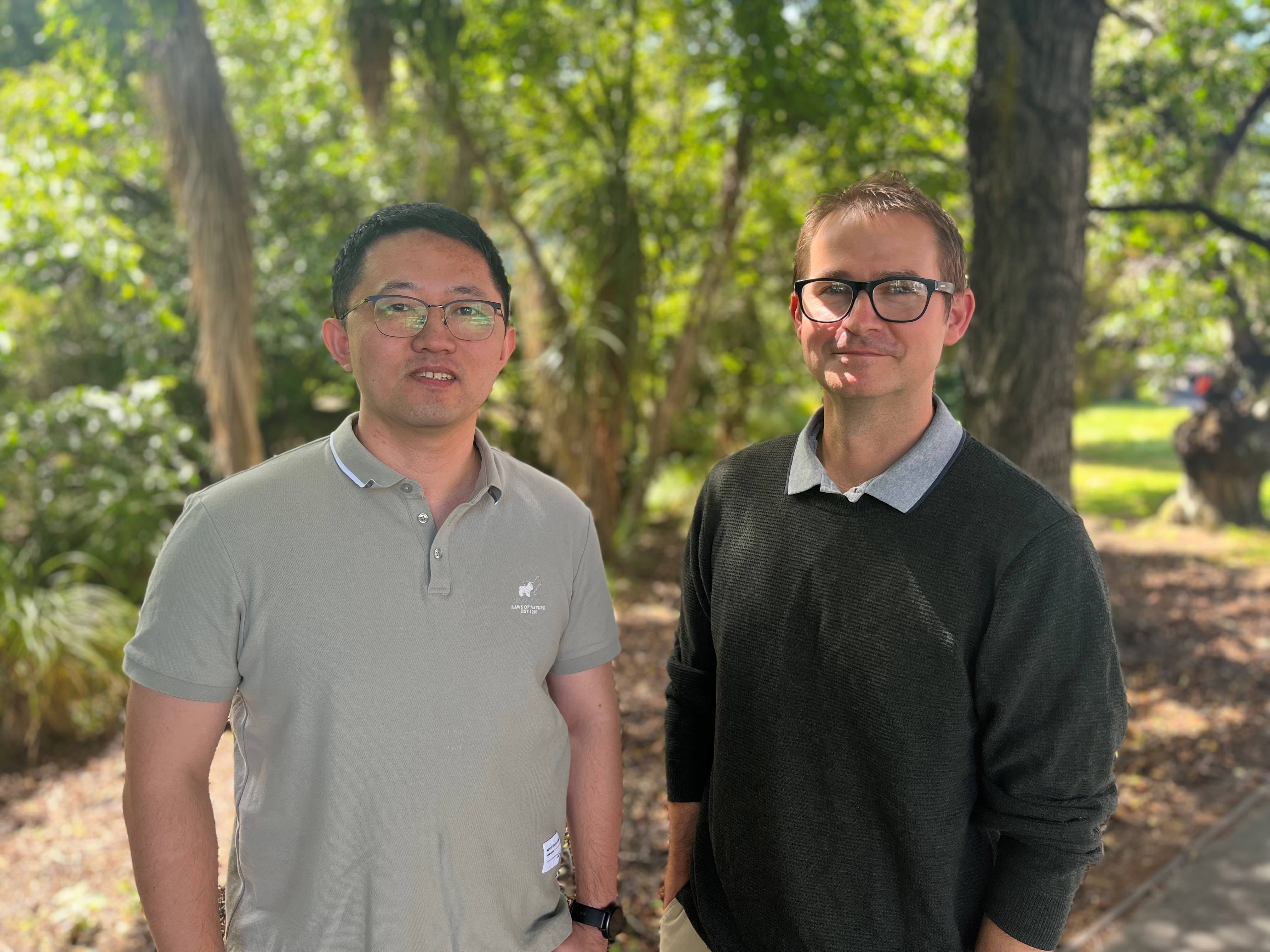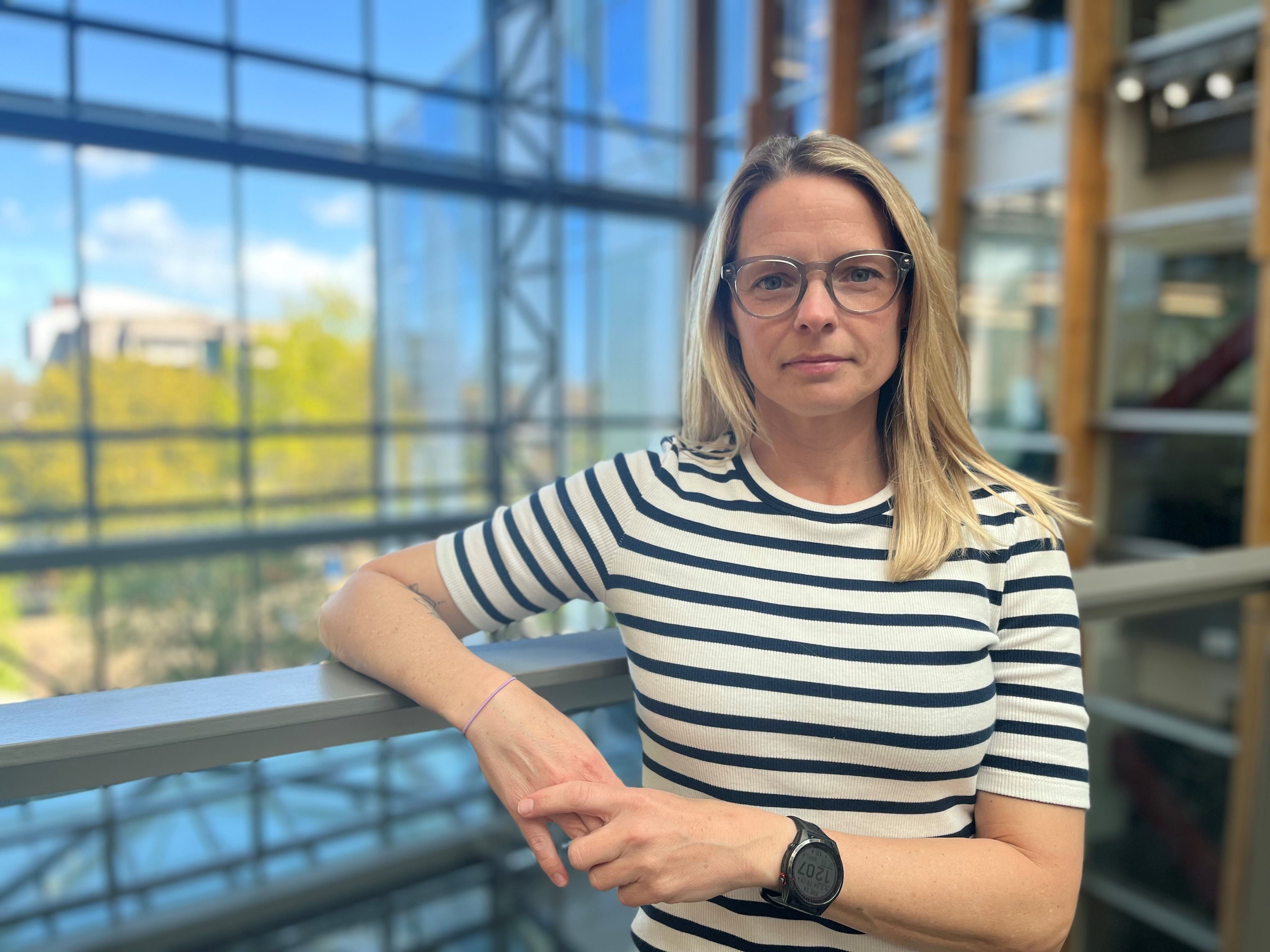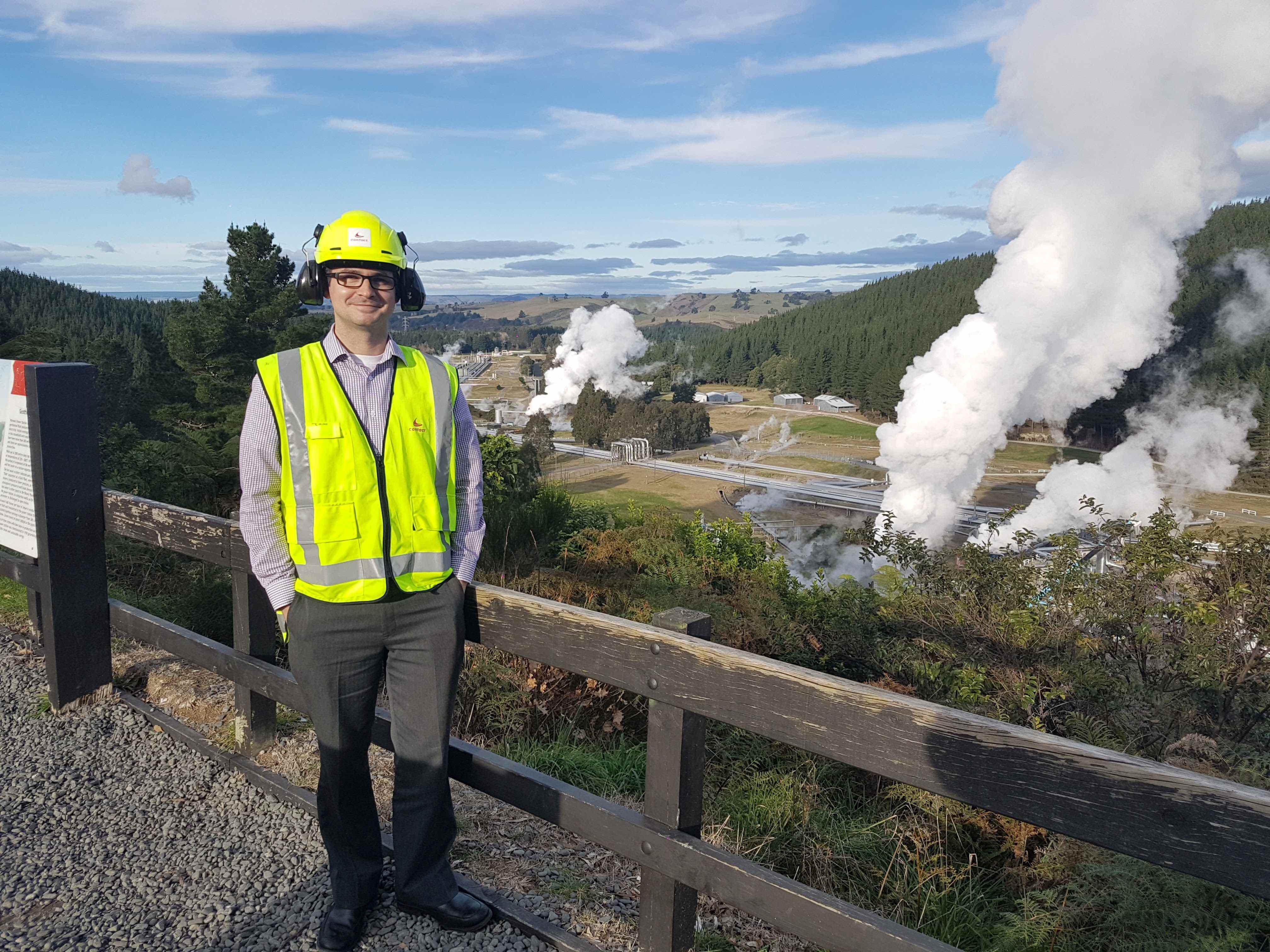"This is no simple task; the electrical grid is humanity’s largest ‘machine’." UC Engineering Professor Neville Watson will lead research into how high levels of direct current from renewable electricity technologies, like solar and wind power, electric vehicles and battery storage, can be efficiently integrated into the alternating current electrical grid.
University of Canterbury (UC) Engineering Professor Neville Watson is leading a seven-year project to ensure modern renewable energy can be integrated into the country’s century-old electrical grid to future-proof the power supply and benefit every New Zealander.
His research project, titled ‘Architecture of the Future Low Carbon, Resilient, Electrical Power System’, has been funded $13,297,322.50 (excl. GST) over seven years by the Ministry of Business, Innovation and Employment (MBIE) as part of the Strategic Science Investment Fund (SSIF) Advanced Energy Technology Platform Research Programmes. It is one of only three proposals MBIE is funding under this investment, announced today by Research, Science and Innovation Minister Dr Megan Woods.
Professor Watson’s programme will research how high levels of direct current from renewable electricity technologies, like solar and wind power, electric vehicles and battery storage, can be efficiently integrated into the alternating current electrical grid as well as which parts of the electrical grid would be better served by using direct current for conveyance.
Professor Neville Watson, of UC’s Electrical and Computer Engineering department, says:
“The goal of the project is to develop a more efficient and sustainable electrical grid that can easily accommodate new renewable technologies which will benefit future generations. The electrical grid is a critical player in reducing emissions of both greenhouse gases that lead to climate change, and other pollutants. We need to quickly adapt how we produce, use, transport and manage energy, to minimise the impact we have on the environment. Changes have begun worldwide with initiatives to increase renewable and sustainable electricity generation, uptake of electric vehicles, and electrification of industrial processes. All these reduce fossil fuel consumption and greenhouse gas emissions. However, these do not go far enough and we must implement further initiatives to drastically address the impact we have on the environment. Many of these initiatives will require hybrid grid — a system that integrates direct current (DC) conveyance with the existing alternating current (AC) electrical network.
“The electrical grid which enables our modern way of life was conceived more than 100 years ago. The industrial and consumer loads and generator technologies of the past were all based on alternating current (AC), leading to today’s AC electrical network. However, new generation technologies like solar and wind power, as well as electric vehicles and battery storage all use direct current (DC). Our appliances, computers, smartphones, heat-pumps and more, as well as common industrial loads, such as variable speed drives, are also mostly DC-based. Because of this, many converters are needed to interface generation and loads to the AC grid, creating inefficiency and causing compatibility problems.
“Conveying electrical power by DC reduces losses and lessens voltage drop. A partial transition of our electrical grid to DC has many technological benefits, including more flexible and efficient systems for generation, conveyance, storage and use, as well as easier integration of renewable generation and technologies such as electric vehicles and battery storage.
“The changes required to reduce the emission of greenhouse gas and other pollutants will make an AC/DC hybrid grid inevitable. This is no simple task; the electrical grid is humanity’s largest ‘machine’.”
Professor Watson’s research team comprises of researchers from the Power System Group at the University of Auckland, AUT, Victoria University of Wellington, University of Waikato, and the local Christchurch team from the University of Canterbury and UC’s EPECentre, as well as dozens of overseas collaborators from leading universities, international organisations and companies.
“Together, we will tackle some key challenges of the future grid and build technical capability across our whole system, ultimately benefitting every New Zealander,” Professor Watson says.










